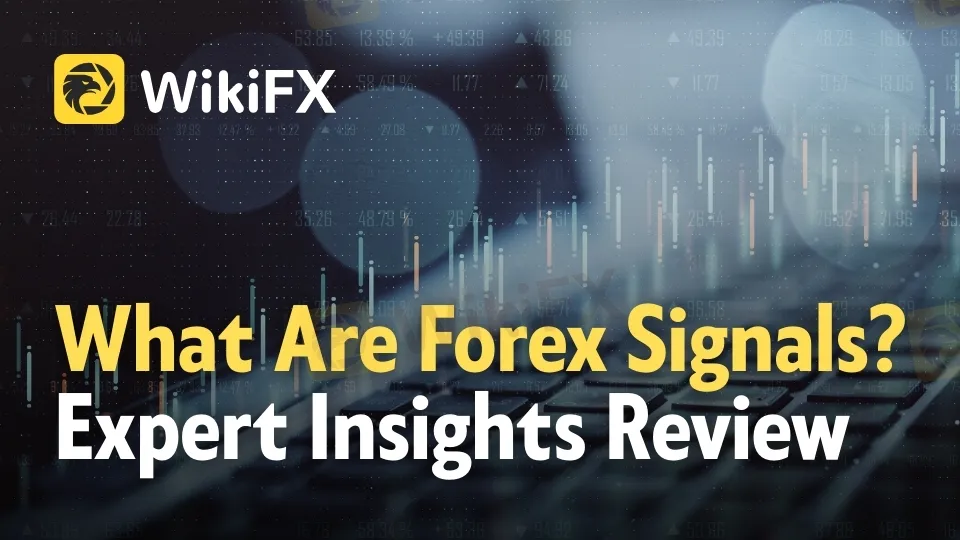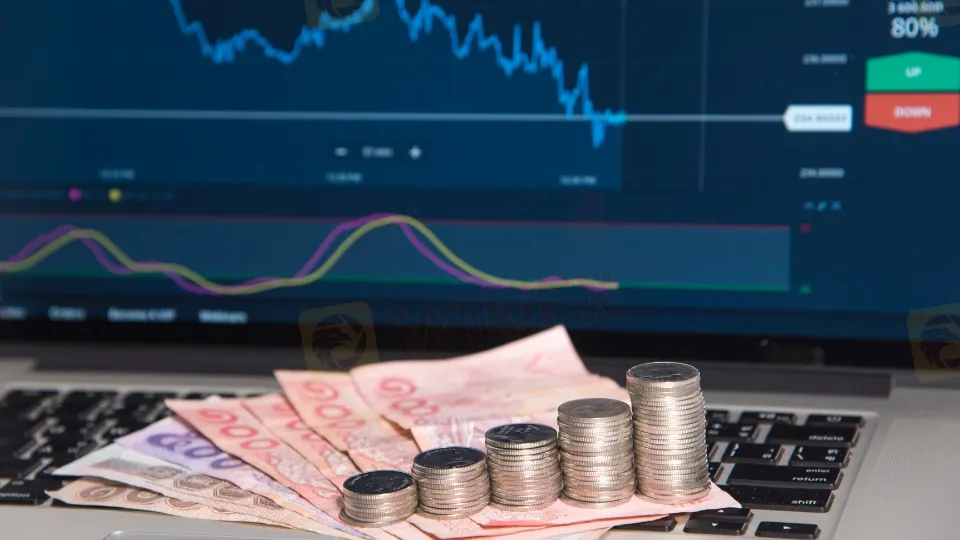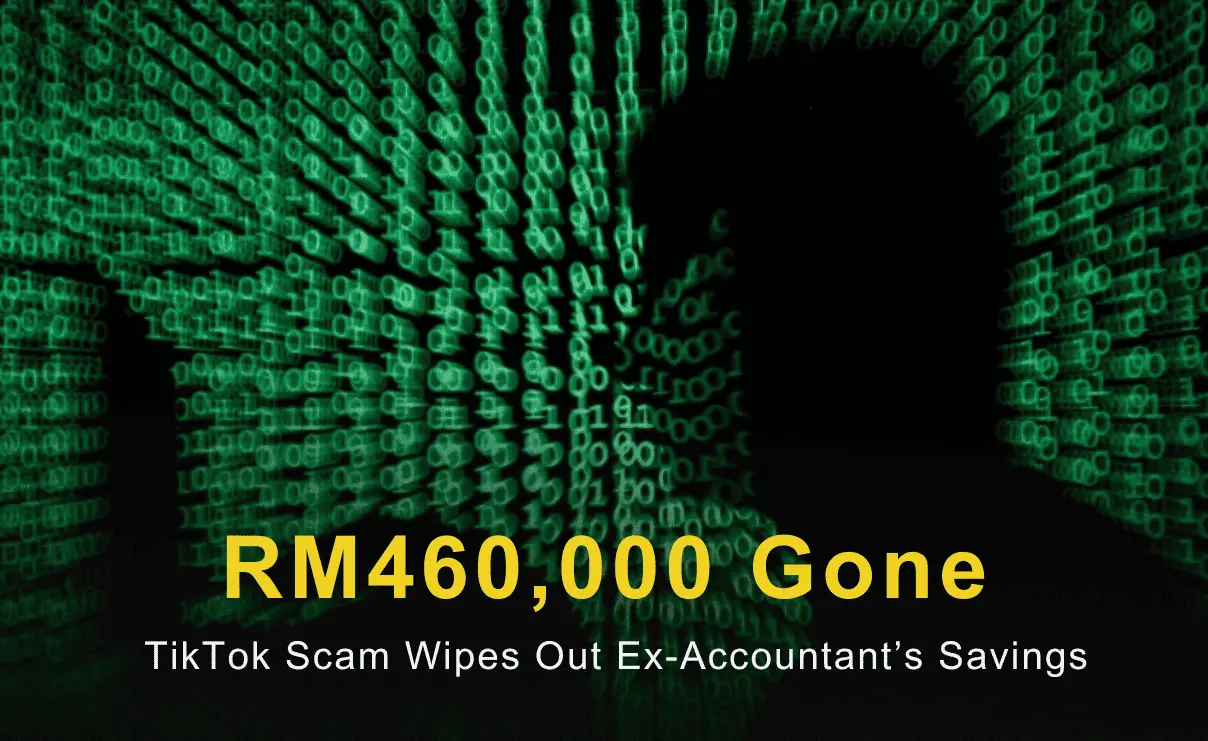Best Brokers Offering Trade Demo Accounts
Get hands‑on with the best forex demo accounts from top brokers, designed to help beginners and pros practice trading securely.
简体中文
繁體中文
English
Pусский
日本語
ภาษาไทย
Tiếng Việt
Bahasa Indonesia
Español
हिन्दी
Filippiiniläinen
Français
Deutsch
Português
Türkçe
한국어
العربية
Abstract:Forex signals are trade alerts showing when to buy or sell currencies, with entry, exit, and risk details for smarter decisions.

Forex signals are trading tips that tell you the best times to buy or sell currencies. They‘re created using a mix of chart analysis, economic news, and computer programs. Each signal usually includes details like where to enter a trade, when to take profit, where to set a stop-loss, and the expected risk versus reward. You can get these alerts through apps, emails, or trading platforms, making it easier for beginners and busy traders to act quickly in fast-moving markets. Knowing how forex signals work is important if you want to trade with accuracy. They turn complex market data into clear actions, so you don’t have to watch charts or news all day. Whether they come from expert analysts or automated systems, forex signals can help you trade more consistently, avoid emotional decisions, and follow the overall market trend.
At their core, forex signals are trade recommendations that indicate optimal entry and exit points for buying or selling a currency pair. These alerts are generated through technical analysis indicators, fundamental market research, or a combination of both.
Signals typically include:
They can be delivered via email, SMS, push notifications, or directly through trading platforms and copy trading platforms.
How forex signals work depends on whether they are generated manually or automatically:
For example, a provider might detect a bullish breakout on EUR/USD using moving averages and RSI divergence. The signal would then specify a buy order at 1.0850, a stop loss at 1.0800, and a take profit at 1.0950.
Because the forex market operates 24 hours a day, five days a week, signals are often time-sensitive. Traders must act quickly to capture the intended market movement.

Forex signal services can be categorized by their methodology and delivery style:
Choosing the best forex signal providers requires due diligence. Key factors include:
Some reputable providers also offer trial periods, allowing traders to test the service before committing.
Pros:
Cons:
Understanding the pros and cons of forex signals helps traders decide whether to incorporate them into their strategy.
The concept of reliable forex signals hinges on consistent performance, transparent reporting, and sound risk management. Even the most accurate signals cannot eliminate risk entirely, so traders should:
To maximize the value of signals:
This approach aligns with the funnel stage search term how to use forex signals effectively, guiding traders toward confident adoption.
The forex industry is decentralized, making it vulnerable to scams. Traders should:
Always check the brokers negative cases on the WikiFX app before trading. Scan the QR code below to download and install the app on your smartphone.
Forex signals can be a valuable tool for identifying trading opportunities, but they are not a substitute for skill, discipline, and risk management. By understanding what forex signals are, evaluating providers carefully, and integrating them into a well-rounded strategy, traders can enhance their decision-making while maintaining control over their trades.
For those ready to explore, start with a trial from a reputable provider, track results diligently, and never stop refining your own market analysis skills.

Disclaimer:
The views in this article only represent the author's personal views, and do not constitute investment advice on this platform. This platform does not guarantee the accuracy, completeness and timeliness of the information in the article, and will not be liable for any loss caused by the use of or reliance on the information in the article.

Get hands‑on with the best forex demo accounts from top brokers, designed to help beginners and pros practice trading securely.

With the year ending and 2026 just around the corner, here comes the golden question: are you profitable this year? If not, this article is a must-read!

A 61-year-old former accountant in Johor lost RM469,875 after responding to a TikTok ad for Bursa Malaysia “investments,” communicating via WhatsApp, joining a chat group, and making 13 transfers to multiple company accounts. Scammers lured him with promises of 7%–15% returns and an initial “profit” payout of RM14,763 before pressing for more deposits

Should Malaysians develop their own trading skills or entrust their capital to professionals? Understanding the real risks behind both choices is essential to protecting your financial future!
